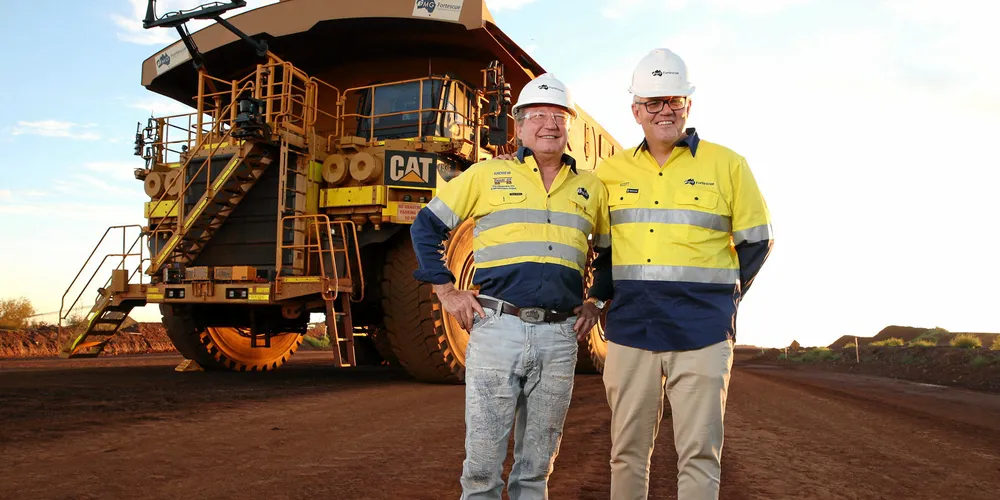World's first ammonia-powered ship will be ready next year, says iron-ore billionaire Forrest
Magnate's Fortescue Metals Group aims to convert all its ore carriers to run on zero-carbon green ammonia — derived from renewable hydrogen — 'well within this decade'
